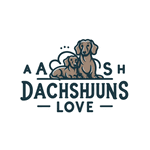Dachshunds, with their elongated bodies, short legs, and expressive features, are beloved for their quirky personalities and unique appearance. Their playful charm and distinct physique make them a favorite subject for artists of all skill levels. Whether you’re an experienced artist or just beginning your creative journey, this step-by-step guide will help you capture the essence of these delightful dogs on paper. From understanding their anatomy to adding personality, let’s explore how to create a realistic and engaging dachshund drawing.
Contents
- 1 Understanding the Anatomy of a Dachshund
- 2 The Long Body
- 3 The Short, Sturdy Legs
- 4 The Long Muzzle
- 5 Detailing the Legs and Paws
- 6 Adding the Tail and Ears
- 7 Bringing the Drawing to Life
- 8 Tips for Capturing a Dachshund’s Personality
- 9 Practice and Patience: Perfecting Your Dachshund Drawing
- 10 Conclusion
Understanding the Anatomy of a Dachshund
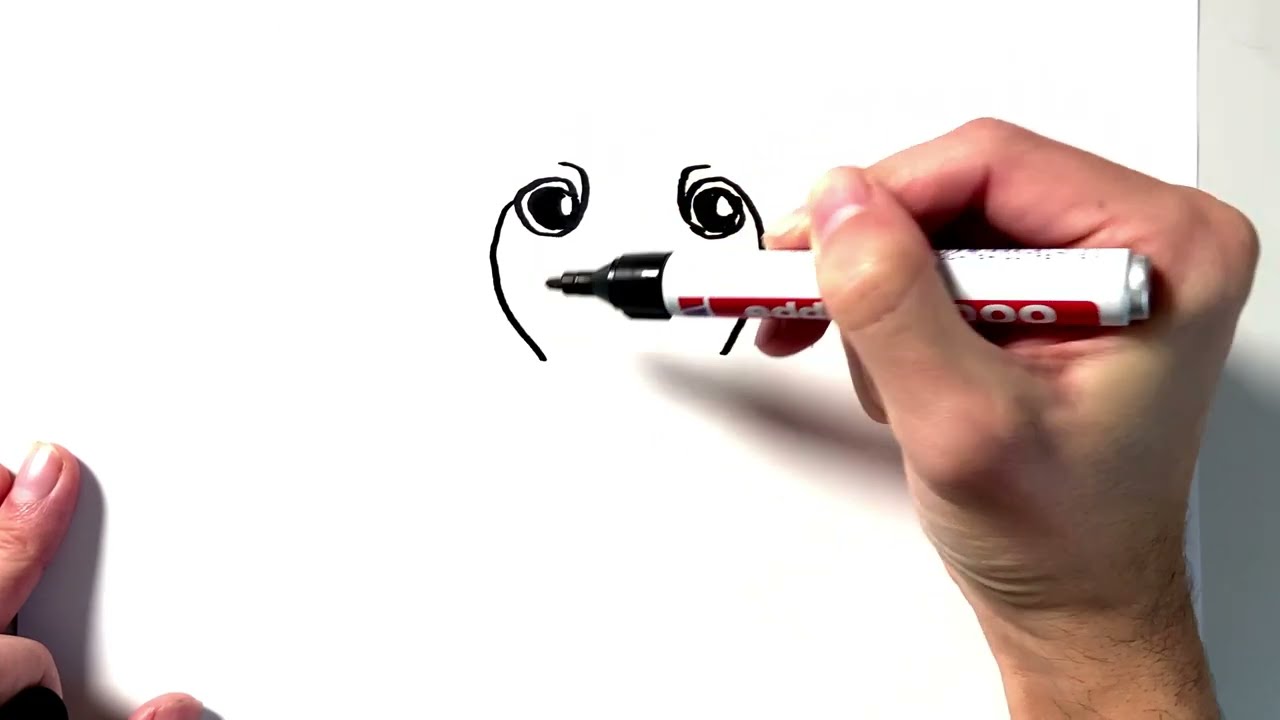
The foundation of any realistic drawing lies in understanding the subject’s anatomy. Dachshunds, also affectionately known as “wiener dogs,” have a distinctive build that sets them apart from other breeds. Here’s a closer look at their key features:
The Long Body
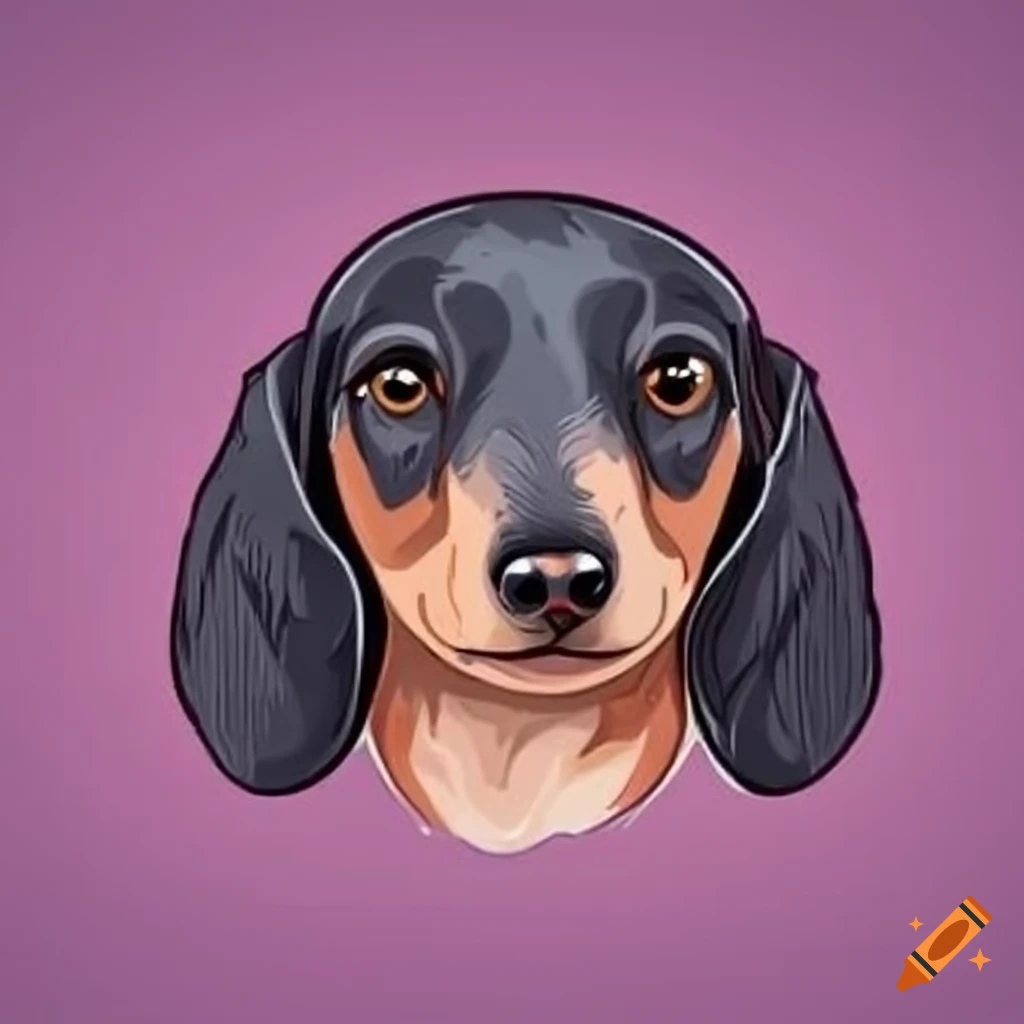
A dachshund’s defining characteristic is its elongated body. Think of a stretched oval or a sausage shape that emphasizes length over height. To depict this accurately:
- Begin with a horizontal oval for the body.
- Extend the back slightly to exaggerate the signature long silhouette.
- Add a gentle curve where the chest transitions into the belly, giving the body a rounded, natural look.
Avoid over-curving the back, as this can make the dog appear more like a basset hound or corgi.
The Short, Sturdy Legs
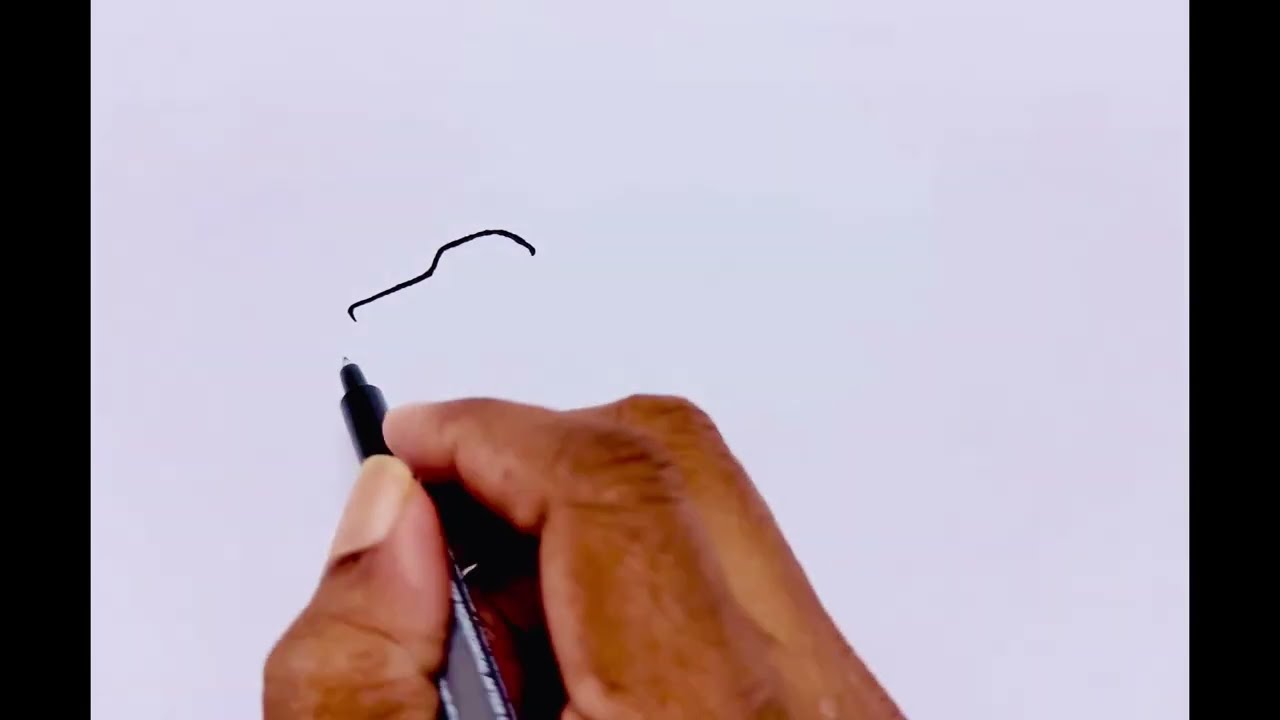
Dachshunds are known for their stubby, muscular legs that support their low-slung bodies. To draw them:
- Sketch small circles for the joints of the front legs and slightly larger ones for the hind legs.
- Connect these circles to the body with curved lines to represent the legs.
- Emphasize the sturdy appearance of the legs by adding gentle shading and muscle definition.
Remember, the front legs should angle slightly backward, while the hind legs angle outward for balance.
The Long Muzzle
A dachshund’s long, narrow muzzle adds to its endearing look. To draw this:
- Start with a triangular base extending from the head for the snout.
- Round off the edges to create a smooth transition.
- Add a small dot for the nose and define the centerline of the muzzle.
Place expressive, rounded eyes just above the muzzle, adding eyebrows for their curious, playful expression.
Detailing the Legs and Paws
Dachshunds have slightly webbed, rounded paws designed for digging. To add this detail:
- Draw small oval shapes for the front paws and slightly larger ovals for the hind paws.
- Include paw pads and small claws using curved lines.
- Add texture and shading to create a three-dimensional effect.
Ensure the positioning of the paws aligns naturally with the body and legs.
Adding the Tail and Ears
A dachshund’s tail and floppy ears contribute significantly to its character:
- The Tail: Sketch a slight curve extending from the back, tapering at the tip. Add fur texture with short, quick strokes.
- The Ears: Draw two elongated triangles starting near the top of the head and curving gently downward. Add folds or slight movement for a natural, whimsical touch.
Bringing the Drawing to Life
Once the basic structure is complete, it’s time to add personality and charm. Dachshunds are known for their spirited and bold nature, so incorporate these traits into your drawing:
- Expression: Adjust the eyes, eyebrows, and mouth to convey curiosity, playfulness, or mischief.
- Details: Include accessories like a collar, bandana, or toy to personalize your artwork.
- Shading and Texture: Use light and shadow to add depth, and vary your strokes to mimic the dachshund’s smooth or wiry coat.
Tips for Capturing a Dachshund’s Personality
- Playful Accessories: Add items like a leash, ball, or chew toy to reflect their lively nature.
- Dynamic Poses: Experiment with poses, such as a dachshund mid-run or relaxing on its belly, to showcase its character.
- Whimsical Features: Emphasize floppy ears and wagging tails to highlight their charm.
Practice and Patience: Perfecting Your Dachshund Drawing
Art is as much about practice as it is about technique. Don’t be discouraged if your first attempts aren’t perfect. Keep refining your work, studying reference images, and experimenting with styles. Over time, you’ll develop the skills to capture not only the physical likeness of a dachshund but also its unique personality.
Conclusion
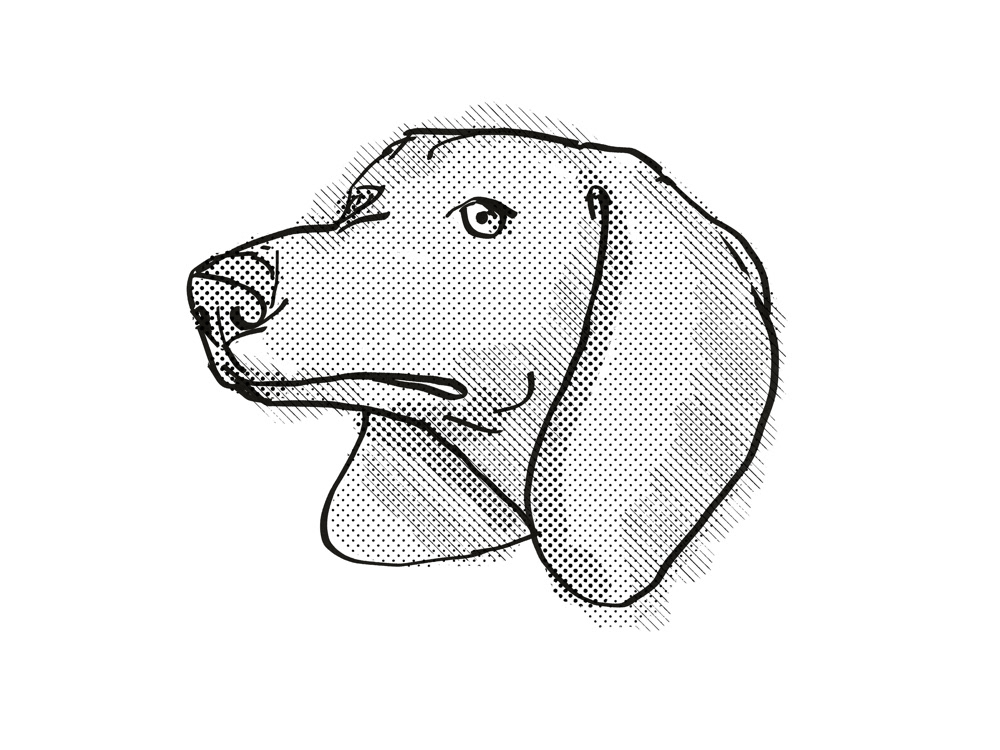
Drawing dachshunds is a rewarding artistic endeavor, combining their distinctive anatomy with their playful spirit. By understanding their key features and practicing thoughtful techniques, you can create a realistic and captivating portrait that dachshund lovers will adore. Grab your tools, let your creativity flow, and bring these lovable “wiener dogs” to life on paper—one delightful drawing at a time
